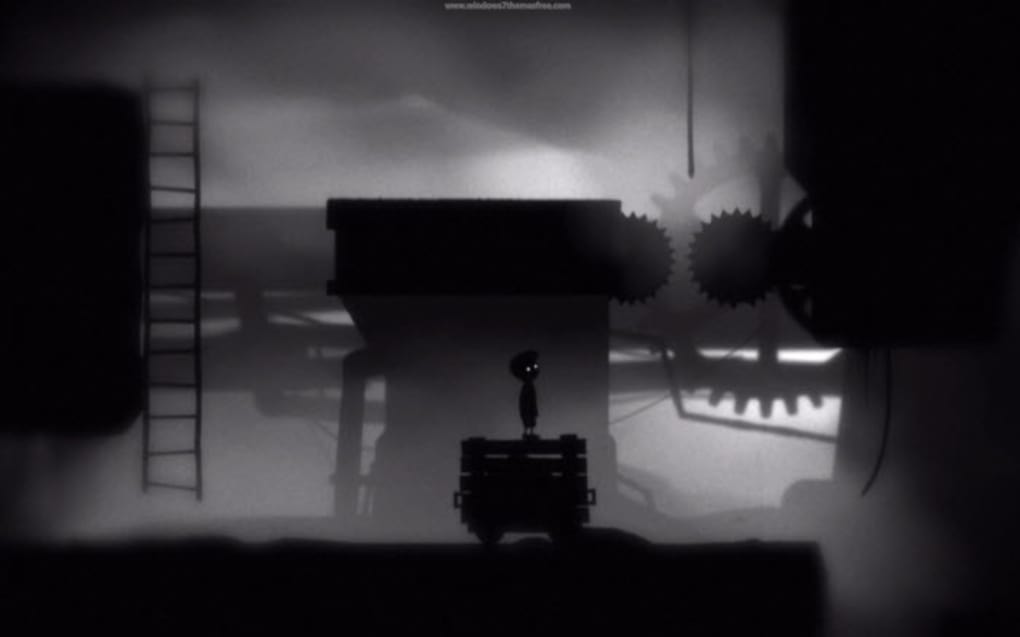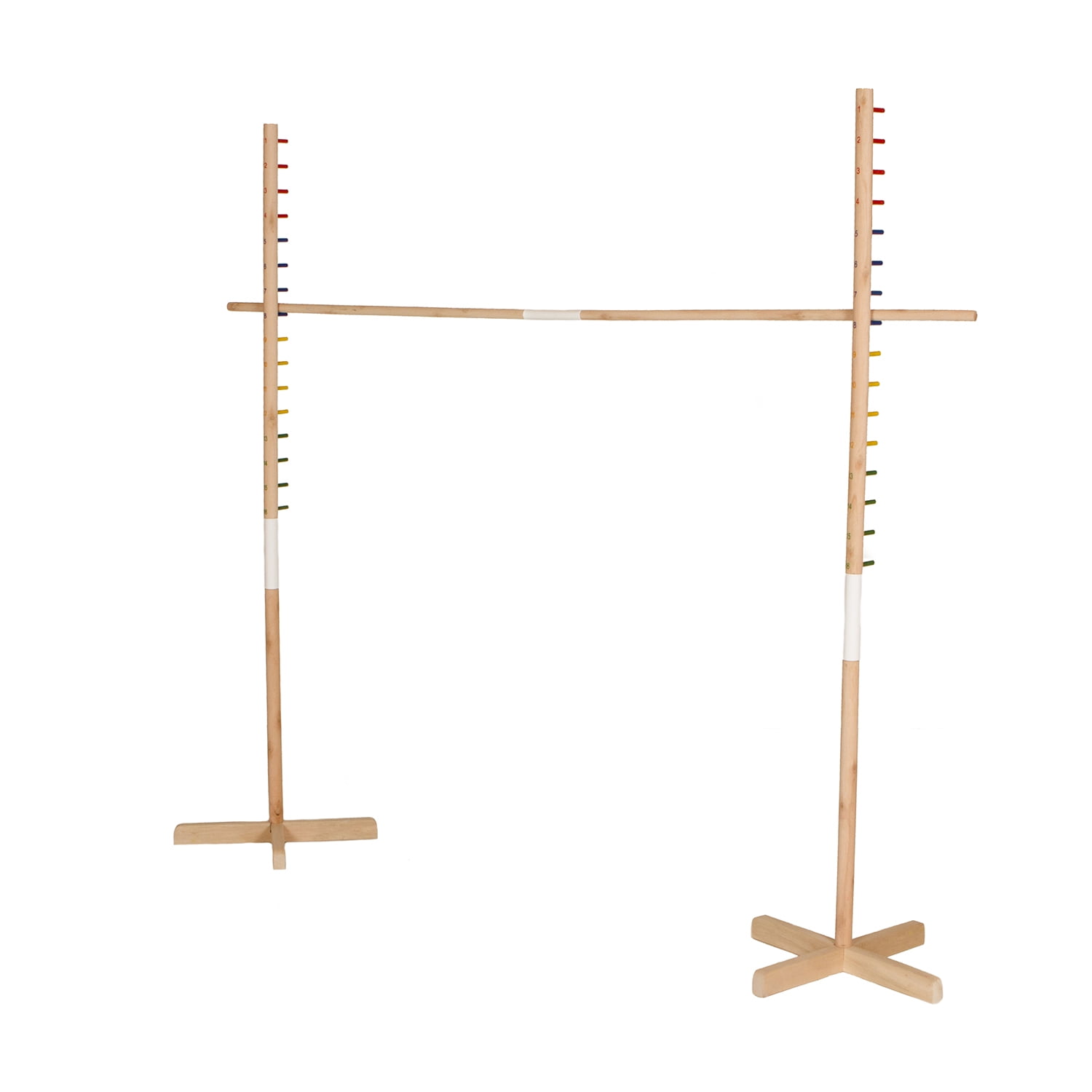
One example is the song " Limbo Rock" (recorded by Chubby Checker), which became a number 2 charted hit on the Billboard Top 100, from which emerged the popular quote/chant that is associated with limbo which Checker also helped to popularize: "How low can you go?" Limbo was brought into the mainstream by Trinidadian Calypsonian Brigo (Samuel Abrahams) with his popular Soca song "Limbo Break". As Limbo gained popularity as a tourist activity and a form of entertainment, pop music began using Caribbean rhythms to respond to the emerging craze in the United States. Limbo players generally move and respond to a number of specific Afro-Caribbean drum patterns.

It traces the evolution of limbo dancing and the contribution of Edwards to its popularity. A film, Julia and Joyce, by Trinidadian-American Sonja Dumas, was released in 2010. In the 1950s, choreographer and player Julia Edwards added a number of features that are now considered standard, such as human 'bars' formed by the limbs of other players and the use of fire in the performance of limbo. It became a popular entertainment in Trinidad and was adopted as a physical fitness exercise by American troops. According to a 1956 newspaper report, the game was revived in 1944 by Edric Connor. In its adaptation to the world of entertainment, troupes began reversing the traditional order. Traditionally, the limbo game began at the lowest possible bar height and the bar was gradually raised, signifying an emergence from death into life. Limbo played as a children's game in a Virginia school. The limbo spoke directly of the limited space in the slaving ships and the African ability to escape it." Popularization One such game was the limbo in the Caribbean. This was to continue in the Americas in games, religious ceremonies and other musical forms that used cultural traditions from Africa. Many took advantage of this to bond and communicate with their shipmates by dancing steps remembered from their past in Africa. ĭr Alan Rice elaborates on the supposed link the game has with the slave trade: "Africans were forced to game on deck for exercise. An alternative explanation of the name is suggested that the version of the limbo performed in nineteenth century Trinidad was meant to symbolize slaves entering the galleys of a slave ship, or a spirit crossing over into the afterworld, or "limbo", but no literary reference is known to substantiate this postulated linkage. It achieved mainstream popularity during the 1950s. The limbo dates back to the mid to late 1800s in Trinidad. "Consistent with certain African beliefs, the game reflects the whole cycle of life.The players move under a pole that is gradually lowered from chest level and they emerge on the other side as their heads clear the pole as in the triumph of life over death". This game is also used as a funeral game and may be related to the African legba or legua game. Merriam–Webster lists the etymology as "English of Trinidad & Barbados akin to Jamaican English limba to bend, from English limber". It is conjectured that limbo is a West Indian English derivative of 'limber'.

The word 'limbo' dates back to the 1950s. The contest ends when only one person can pass under the bar. After everyone has passed under the bar in this manner, the bar is lowered slightly and the contest continues. Whoever knocks the bar off or falls is eliminated. They must not turn their head or neck to the side. No part of their body is allowed to touch the bar, and no part other than their feet may touch the ground. When passing under the bar, players must bend backwards. All contestants must attempt to go under the bar with their backs facing toward the floor. No dog toy is truly indestructible, so always remove the toy from playtime if pieces begin to break off.A horizontal bar, known as the limbo bar, is supported by two vertical bars. Supervised play will help toys last longer and most importantly keep your pal safe. Ships in a variety of random and fun colors!Įvery dog plays differently and, since not all toys are created equal, it’s always best to keep a close watch on your pup in case things get ruff.




 0 kommentar(er)
0 kommentar(er)
